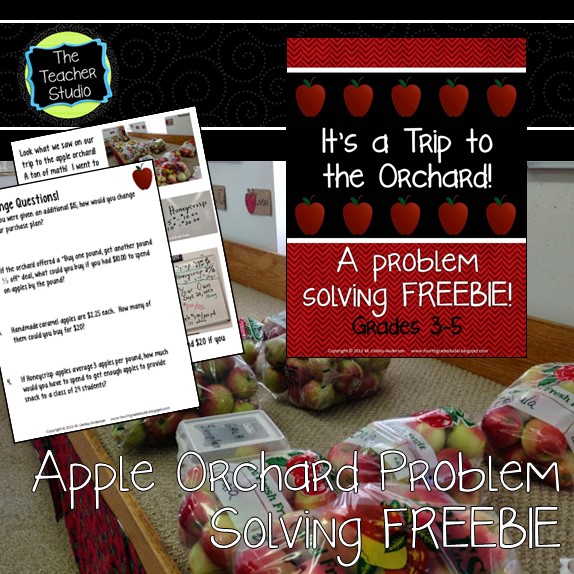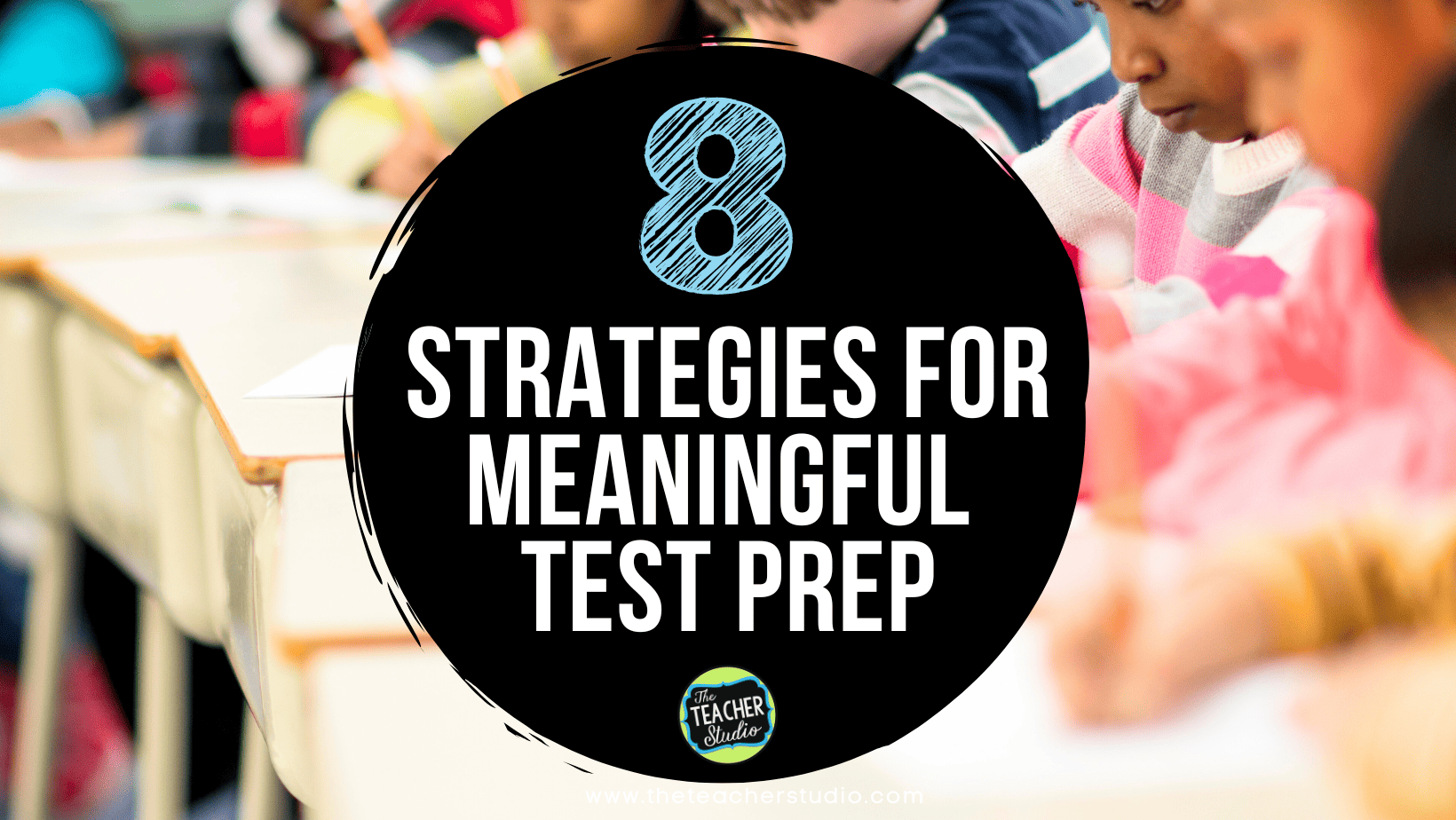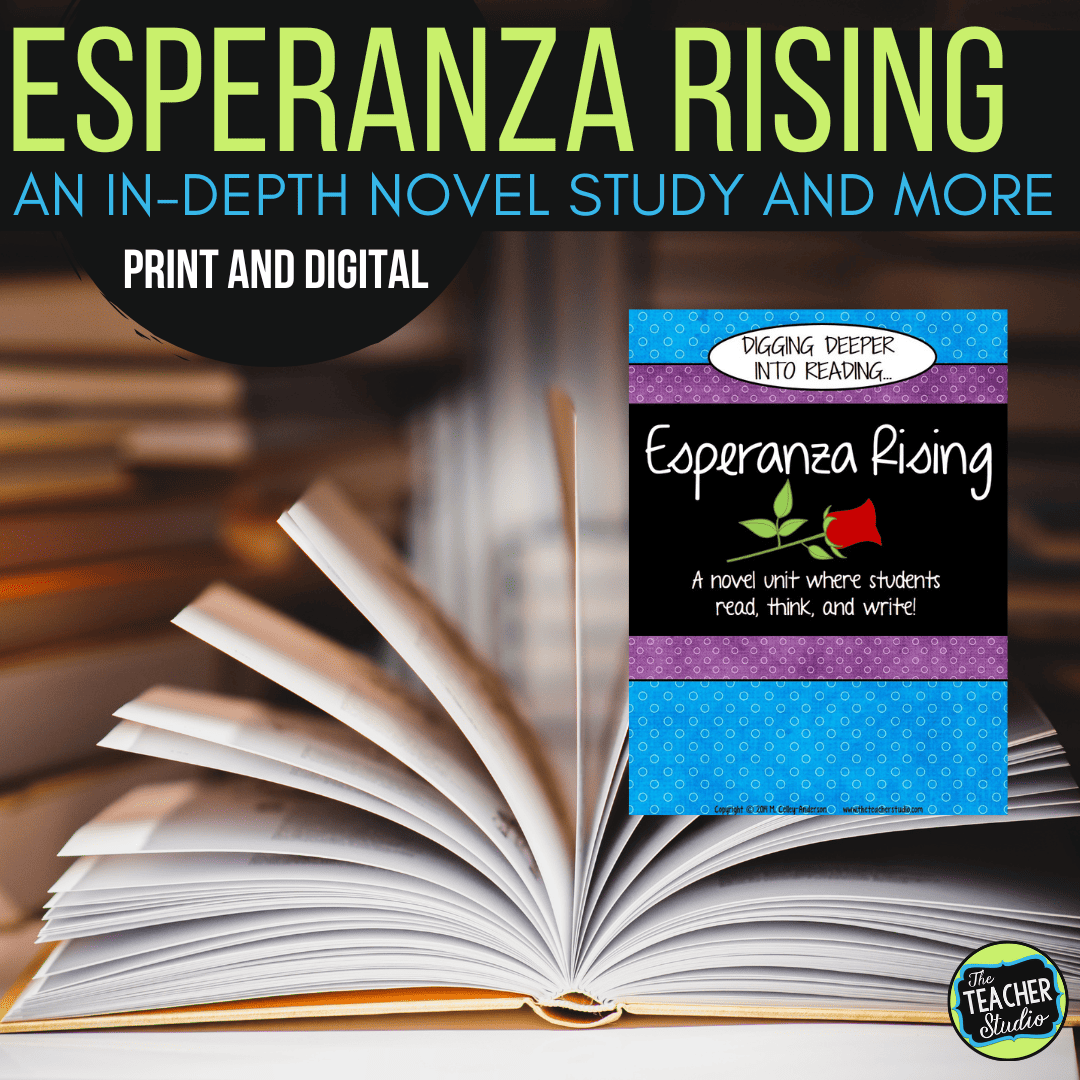One thing that I think is super important for students to understand is that math is REAL. Math isn’t “fill in the blanks” in your workbook…or a practice sheet…or even a math game. Math is everywhere–and in everything. Getting students to recognize this is key–and helping them see that math can help them make sense of their world and solve REAL problems should be a key part of what we do.
Jo Boaler states that creating mathematical “excitement” should look the same for all students–no matter what their experience level. Math class should combine the following:
Pretty daunting, right?
When we try to find problem solving situations that make students curious, we need to think about their world…that’s why I try to write problems about sports…and amusement parks…and animals. We need students to make connections between the math concepts and the real world situations they find them in–and to make connections between different math concepts.
I LOVE the point Boaler makes about challenge. We know that our brains learn more when they have to practice information in more than one way–and we build our brains by making mistakes. Isn’t that AMAZING? We need to teach our students this…that we actually LEARN by making mistakes. If this is true, Boaler stresses that we HAVE to put students in situations where they grow their brains–and they must face challenging tasks to do that! (Insert shameless product plug here: That is TOTALLY what my perseverance problems, Thinker Tasks, and Open Ended Challenges are all about–putting students in a position where they need to struggle a little bit!)
I love the creativity part of this equation. We want students to approach problems in new and unique ways–this helps them build their own connections and number sense. We certainly need to do our part to model our thinking, but I believe we need to be cautious about sending the message that there is a “right” way or a “best” way.
Finally…collaboration. If you tuned in to my FB live last night, I shared the statistic that researchers say that as much as 60% of our classroom math time should be spent having students engaged in meaningful math talk. 60%! That leaves 40% of the time for EVERYTHING else…grading, minilessons, practice pages. If this is true, we truly must be seeking out meaningful, engaging tasks that get students talking about math.
So…I’ve left you with enough to think about. And I’ve left the link to a freebie for you to try with your students. See if you think it helps you with all of Jo Boaler’s recommendations! I’ve also left a lnk to a great article about math discourse and an affiliate link to Jo’s book on Amazon if you want a copy for yourself. It’s a pretty powerful $10.57.
 |
| Click here to grab the freebie! |
Interested in checking out Jo’s amazing book? Here is my affiliate link.







